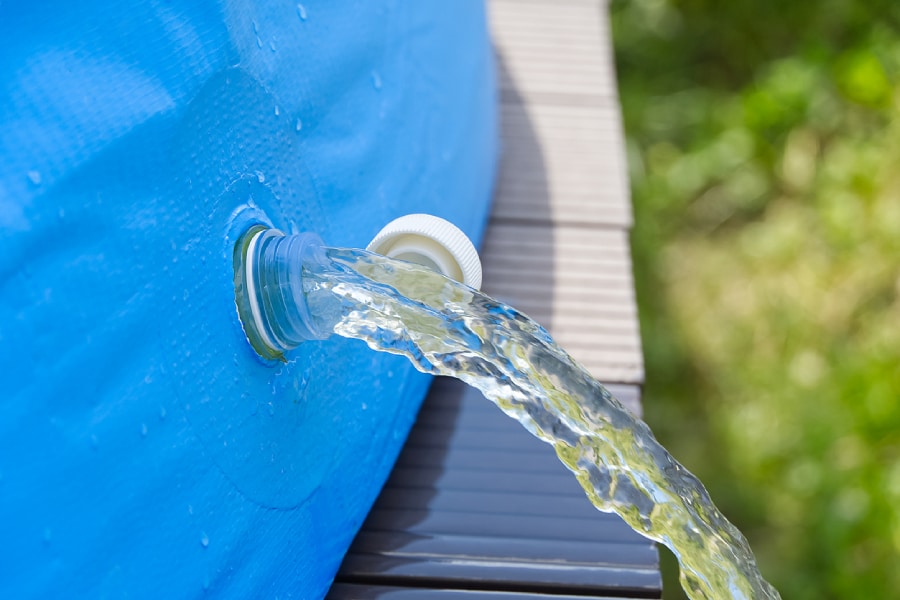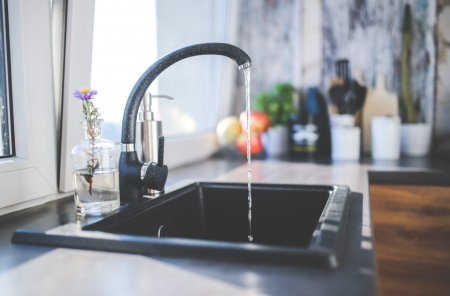Owning a pool comes with its share of responsibilities, and one of the most important tasks you’ll face is draining it safely. Proper pool maintenance enhances your enjoyment and extends the life of your investment. Improper draining can lead to damaged pool structures, environmental harm, and legal troubles. For instance, releasing pool water indiscriminately can cause soil erosion, harm local water sources, and even lead to fines if it violates city ordinances. This guide will walk you through the key steps to ensure the longevity of your pool while protecting the environment and adhering to local regulations. By following these guidelines, you can maintain a healthy pool and contribute positively to your community and environment.
Understanding the Basics of Pool Draining
Why Pools Need to be Drained Periodically
Over time, pool water accumulates contaminants that even the best filtration systems can’t remove. This includes microscopic particles, oils, and other substances that gradually build up. Draining the pool allows you to start fresh with clean water, ensuring a healthier swimming environment for everyone. Additionally, it prevents chemical imbalances that can damage the pool’s surfaces and equipment, such as harmful scaling and corrosion. Regularly refreshing the water also helps maintain the optimal pH levels and chlorine balance, making your pool a safer and more enjoyable place to swim.
Risks Associated with Improper Draining
Improper draining can lead to a host of problems. For example, if the groundwater level is high, the pool can ‘float’ or pop out of the ground when drained, due to the pressure imbalance created by the absent water. This can cause significant structural damage, potentially resulting in costly repairs or even the complete replacement of the pool. Furthermore, releasing large volumes of chlorinated water into the environment can harm local ecosystems, including the vegetation and wildlife that rely on clean, uncontaminated water sources. Chlorine can be toxic to plants and aquatic life, causing disruptions in the natural balance of these ecosystems. Proper management and disposal of pool water are crucial to prevent these adverse effects.
Preparing Your Pool for Draining
Steps to Properly Prepare the Pool
Before you begin the draining process, it’s crucial to prepare adequately. First, test the water chemistry and adjust the pH levels to neutral by adding the appropriate chemicals. This step is essential to minimise the environmental impact, as water that is too acidic or too basic can harm local ecosystems. Next, turn off the power to the pool’s pump and filtration system to avoid electrical hazards. Ensure that all electrical connections are safely secured and covered to prevent any accidents. Finally, check the local regulations regarding pool water disposal to ensure compliance with environmental laws.
Considerations for Different Types of Pools and Local Regulations
Different fibreglass swimming pools brisbane have different requirements, each with its own set of maintenance needs. For instance, vinyl-lined pools need special care to prevent damage to the liner, as tears or punctures can lead to costly repairs. It’s essential to use the right cleaning tools and avoid sharp objects in these pools. Concrete pools, on the other hand, are more robust and durable, but they still require cautious draining and regular maintenance to prevent cracks and algae buildup. The surfaces may need to be periodically resurfaced to keep them in top condition. Always consult your pool’s manual and local regulations before proceeding with any maintenance tasks to ensure you are following the best practices for your specific pool type. Additionally, consider seeking advice from a professional pool technician for more complex procedures.
Safely Draining Your Pool
Best Practices for the Actual Draining Process
The safest way to drain a pool is to use a submersible pump. Place the pump at the deepest part of the pool and attach a hose to direct the water to an appropriate drainage area. Ensure that the water is released slowly to prevent soil erosion or flooding.
Tips for Ensuring the Safety of the Surrounding Area
Make sure the drainage area can handle the volume of water you’re releasing. Avoid draining water near your home’s foundation, as this can cause structural issues. Additionally, keep children and pets away from the pool and drainage area during the process.
Post-Draining Maintenance
Cleaning and Maintaining the Pool After Draining
Once the pool is drained, it’s time for a thorough cleaning. Scrub the walls and floor to remove algae, stains, and debris. Rinse the surfaces with clean water and allow them to dry completely before refilling the pool.
Recommendations for Professional Inspections and Services
While DIY maintenance can save money, a professional inspection can identify issues you might miss. Consider hiring a pool service professional to check for cracks, leaks, and other potential problems before refilling the pool.
Environmental and Legal Considerations
Discussion on the Environmental Impact of Pool Drainage
Draining a pool can have significant environmental impacts, especially if the water contains high levels of chlorine or other chemicals. These substances can harm local wildlife and plant life. Neutralising the pool water before draining can mitigate these risks.
Overview of Local Regulations Related to Pool Draining
Local regulations often dictate how and where you can drain your pool. Some areas require you to neutralise the water’s pH levels and dechlorinate it before releasing it into storm drains. Always check with your local government for specific guidelines.
Conclusion
Safe pool draining is crucial for maintaining the longevity of your pool and minimising environmental impact. Properly draining your pool involves several key steps that must be followed meticulously. From preparing your pool, ensuring that the chemicals are balanced to avoid harmful runoff, to post-draining maintenance tasks such as inspecting for cracks and leaks, each step requires careful consideration and adherence to best practices and local regulations. Additionally, it’s important to dispose of the water in a way that does not harm the local ecosystem, which may involve checking with local authorities for approved drainage methods. By following this guide, you’ll ensure that your pool remains a safe and enjoyable feature of your home for years to come, while also being conscientious about the environment.
Read the full article here









